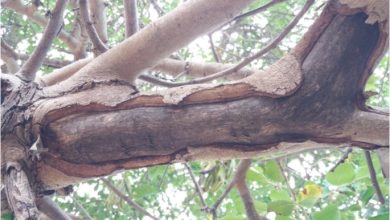Olive Types and Varieties
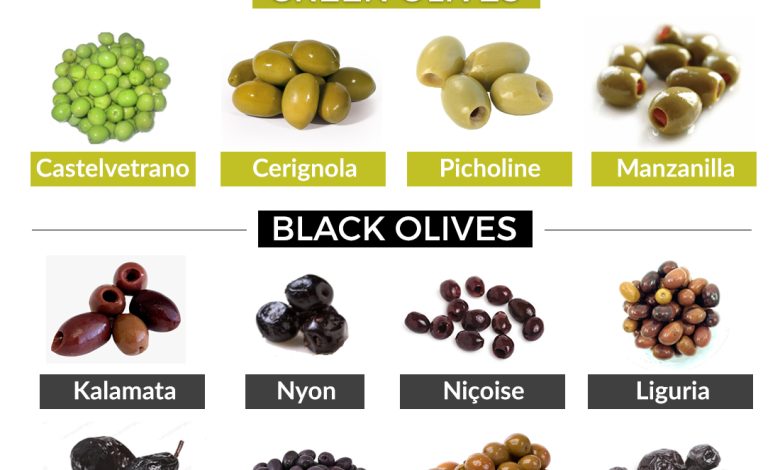
What will you learn in this article?
We talk about the different varieties of olive that we can find. They are usually the most profitable types of olive trees when it comes to marketing olives and olive oil. We make a brief description of each of these varieties.
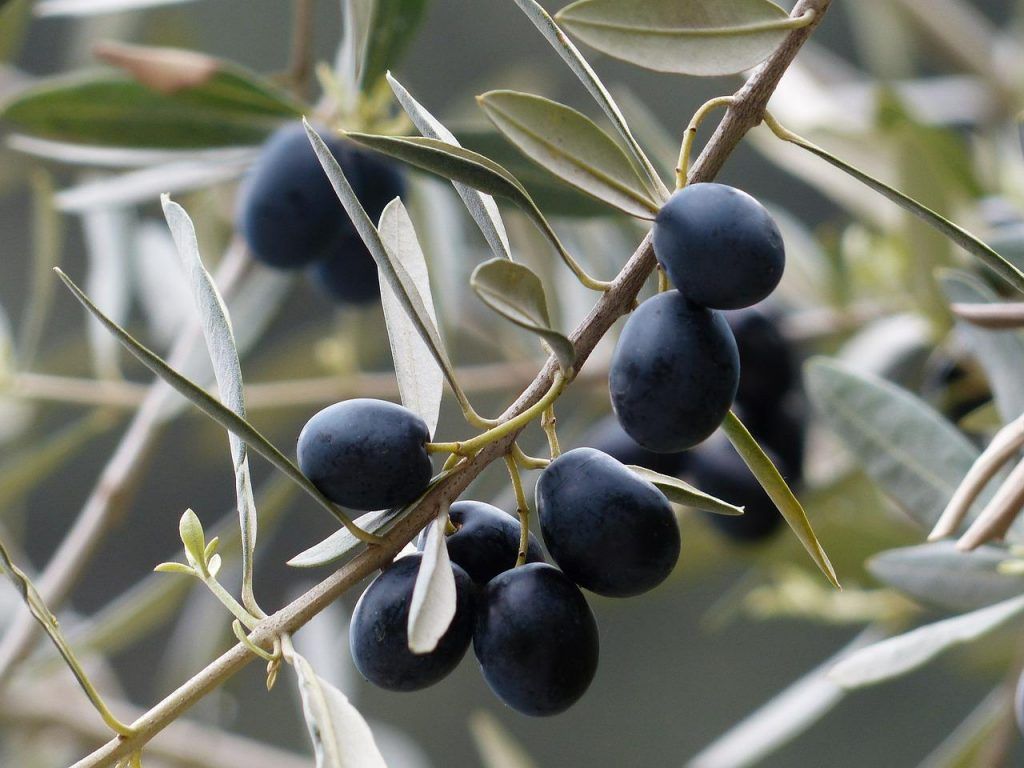
The olive tree is a wonderful, very resistant tree. Belonging to the Oleaceae family, it is also evergreen and very long-lived, as it can live for hundreds of years.
It reaches about 15 meters in height and has extensive medicinal properties.
This wonderful example of nature has been cultivated since ancient times throughout the Mediterranean basin, where the wild variety is known as the border olive tree or acebuche. Although its original origin is from Asia Minor.
Precisely, in the Mediterranean basin there are ancient olive trees with impressive ages that range between 2,000 and 2,500 years, which demonstrates the incredible resistance of this species.
Did you know…?The oldest olive tree in the world is in Spain, in Fuentebuena, Jaén, and is 10 meters high.
UNESCO declared that the Olive tree strengthens human and cultural values among peoples.
And it is that since ancient times, an olive branch is a powerful symbol of peace, so since 2019 November 26 was established as World Olive Day, a forceful way to seek its protection and preservation.
Types and/or varieties of olive trees
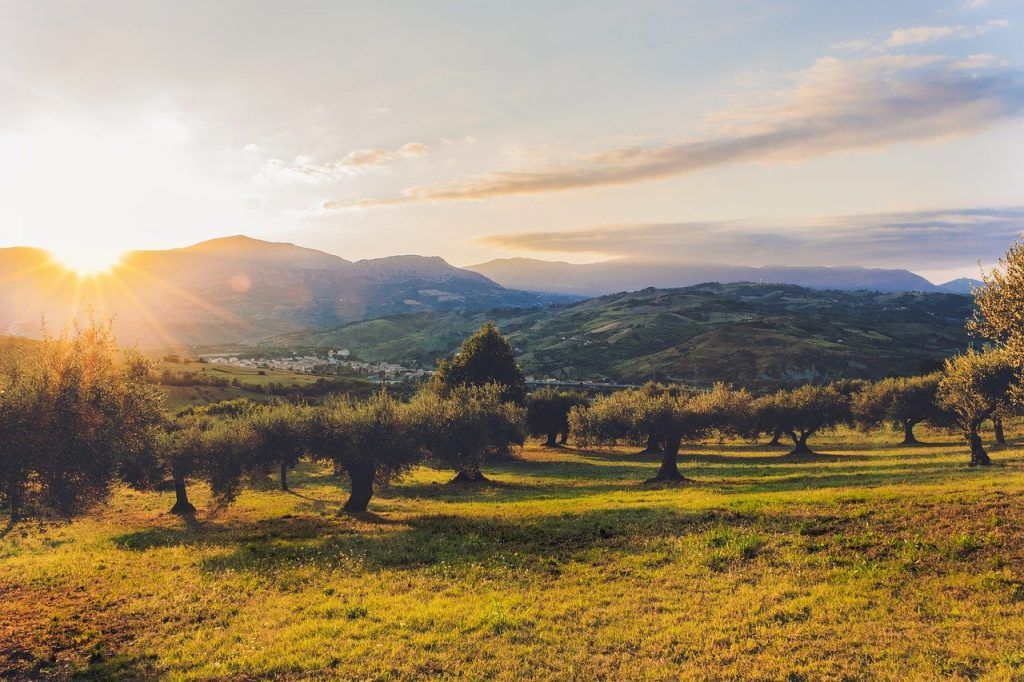
In Spain, the cultivation of the olive tree breaks the record for varieties, because there are more than 500 different options that offer the tasting of a magical fruit: the olive, which provides unique flavors and aromas that seduce any palate.
However, although the variety is great, it is also true that a few types of olive trees concentrate most of the production of oil and table olives.
Did you know…?And it is that 60% of the total production of olive oil in the European Union comes from Spain and 45% of the world total, leaving far behind Italy, the second most important producer at the international level.
According to data provided by the Ministry of Agriculture, there are about 14 Protected Designations of Origin out of a total of more than 200 varieties of olive trees.
In fact, a study belonging to the University of Córdoba, through its Department of Agronomy, identifies 262 varieties with three distinctive characteristics: age, location and absence of patterns.
In this sense, the Spanish heritage in terms of olive groves is extremely rich, with a total planting area calculated at about 2,200,00 hectares, where at least 500 different varietal denominations are located, of which around 24 reach the category of variety where two of them, La Manzanilla de Sevilla and Gordal Sevillana, are favorites for table olives, while the rest are used to obtain oil.
As describing them all would be endless, it is worth focusing on which are the varieties of olive trees that offer the highest profit margins, which are the most productive olive groves.
Marteño or Picual Olive
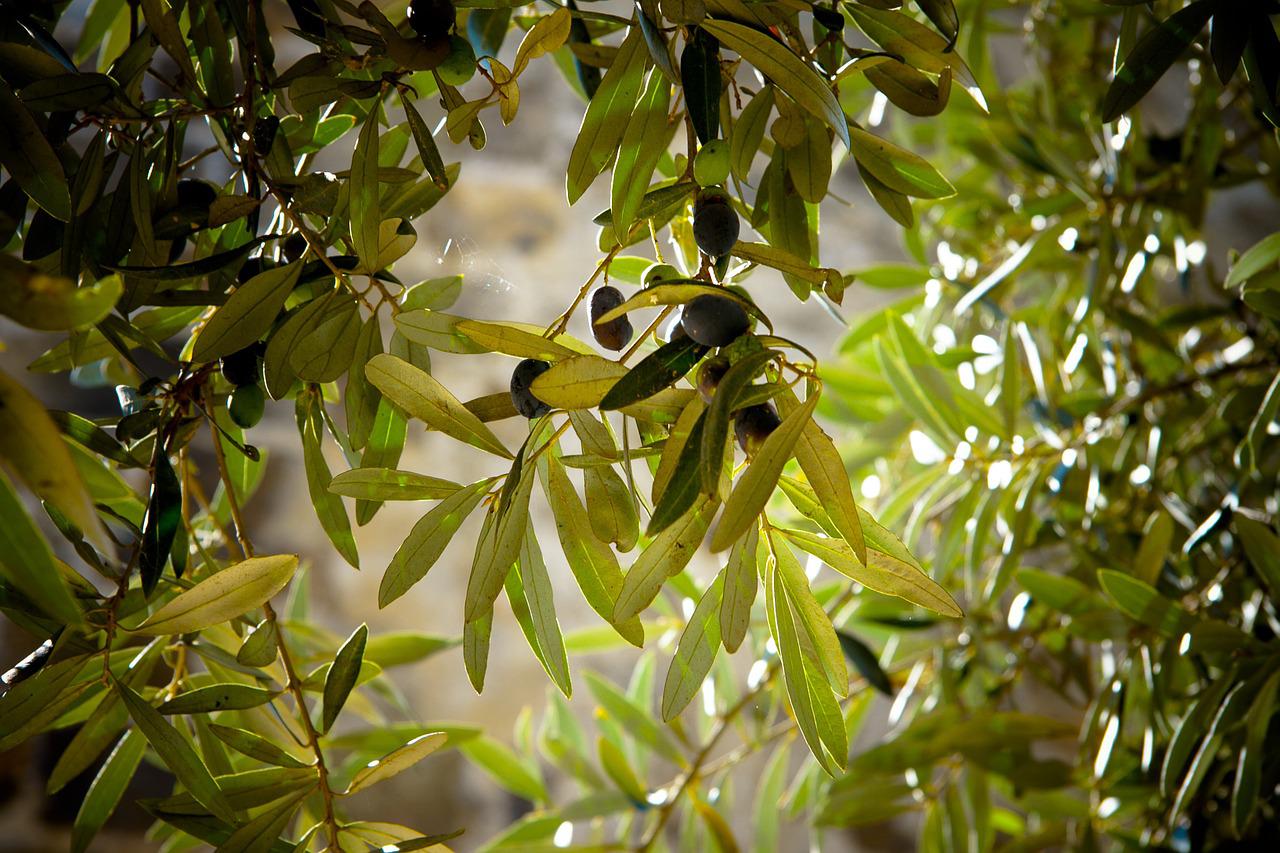
It is a variety that provides early maturation. It is produced on a large scale in the region of Jaén, Córdova and Granada.
It produces an oil very rich in oleic acid, although its quality is medium.
It is considered to be a variety with very acceptable agronomic characteristics.
It has another great advantage, it has a low resistance to detachment, which allows it to be done in a mechanized way.
In fact, it has become the basis for new plantations.
Blanquette olive tree
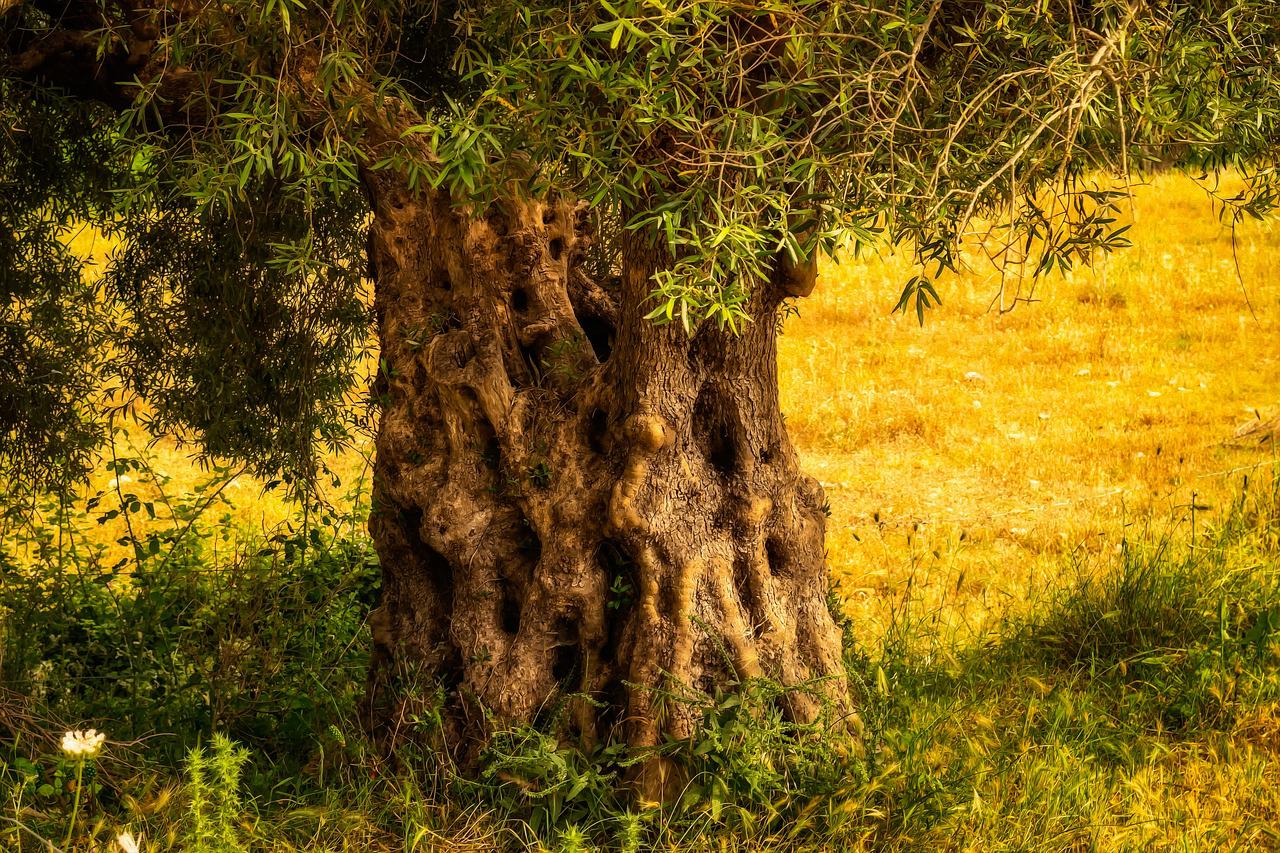
Typical of the olive groves of the Valencian Community, it is highly resistant to cold and frost, but it also withstands droughts and lives very well even on limestone soils.
It has an intermediate size, as well as a late flowering but with great productivity. It is intended for the production of oil, with large percentages of profitability.
cornicabra olive tree
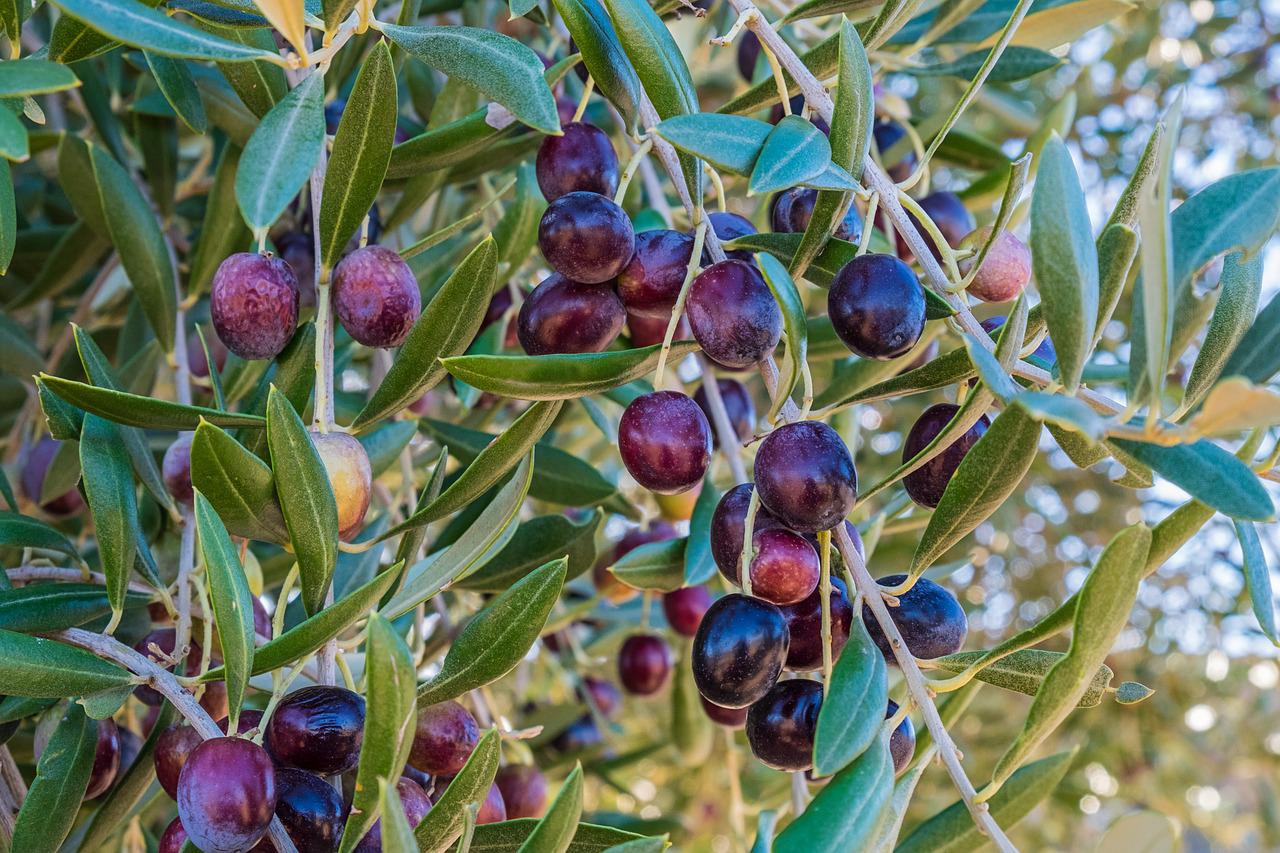
It abounds in the regions of Toledo, Madrid, Cáceres and Ciudad Real.
It has a characteristic very leafy cup, quite thick and late flowering.
This variety is highly appreciated for its fat content and the quality of its oil.
But the best thing about it is its great productivity, even in cold weather and in dry areas, it fulfills its mission.
It has difficulties in collecting it because it is very susceptible to tuberculosis.
Olive tree Manzanillo Cacereña, or Albareña
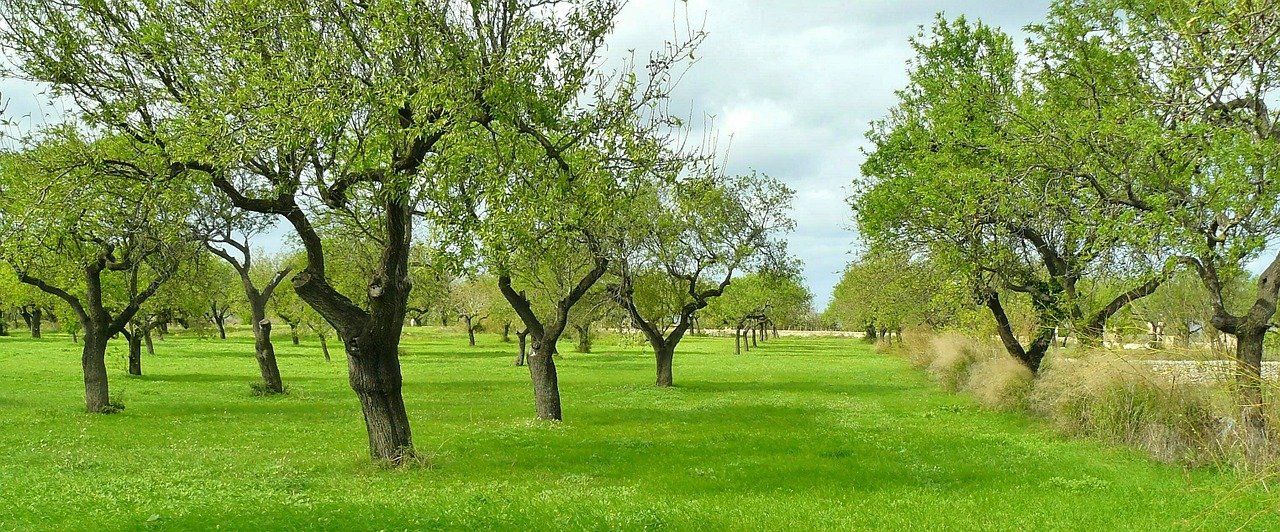
It is found in areas such as Madrid, Ávila, Cáceres, Badajoz and Salamanca.
The fruit is used for the production of oil and to taste at the table. They have a green color and a very unique bitter taste.
It is a variety of great productivity and its maturation is equally early.
Verdial olive tree from Badajoz
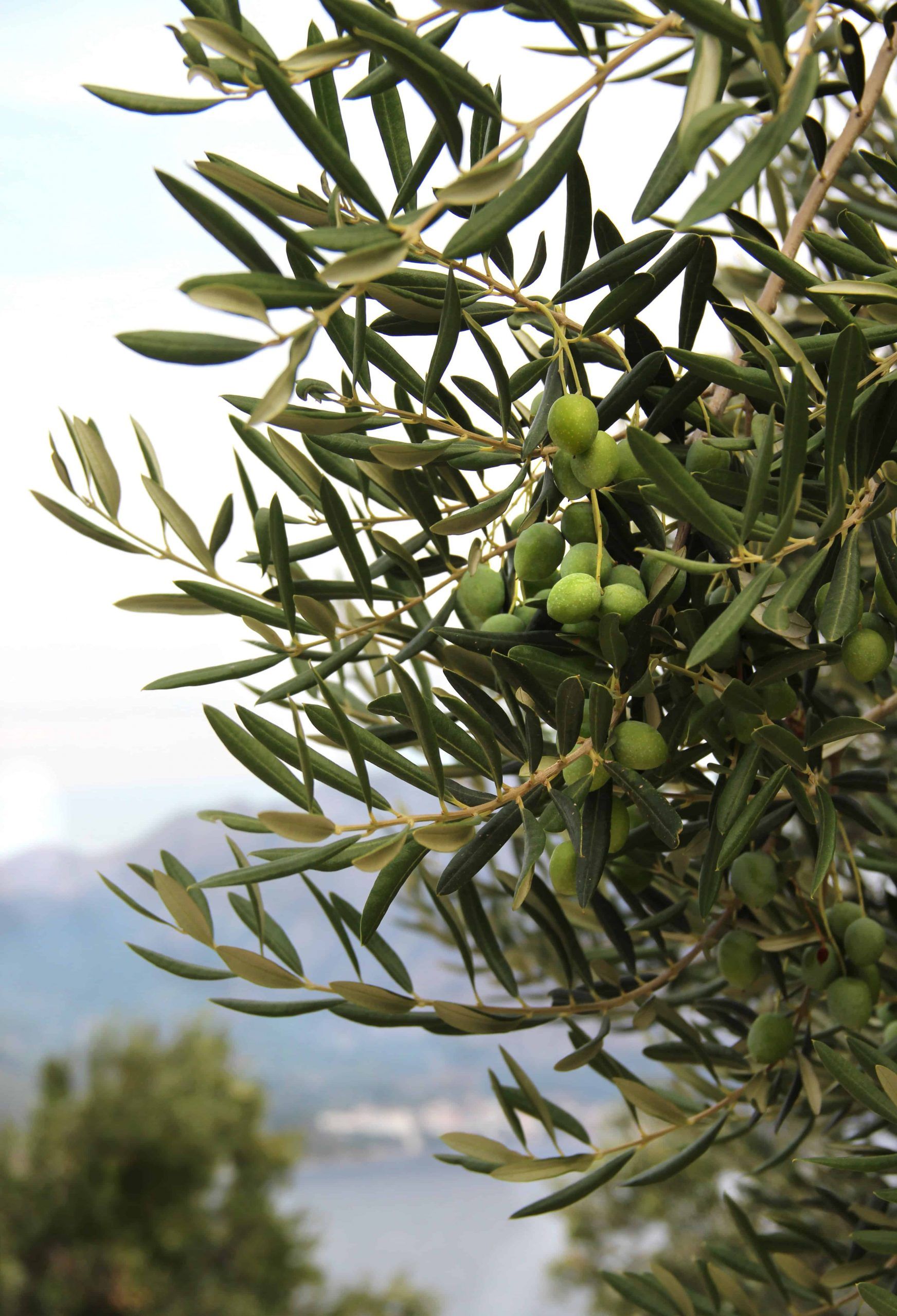
Typical of regions such as Cáceres and Badajoz, they have a medium productivity and maturation, being perfect to taste as a fruit on the table, or to prepare oil.
It is highly resistant.
Hojiblanca olive tree
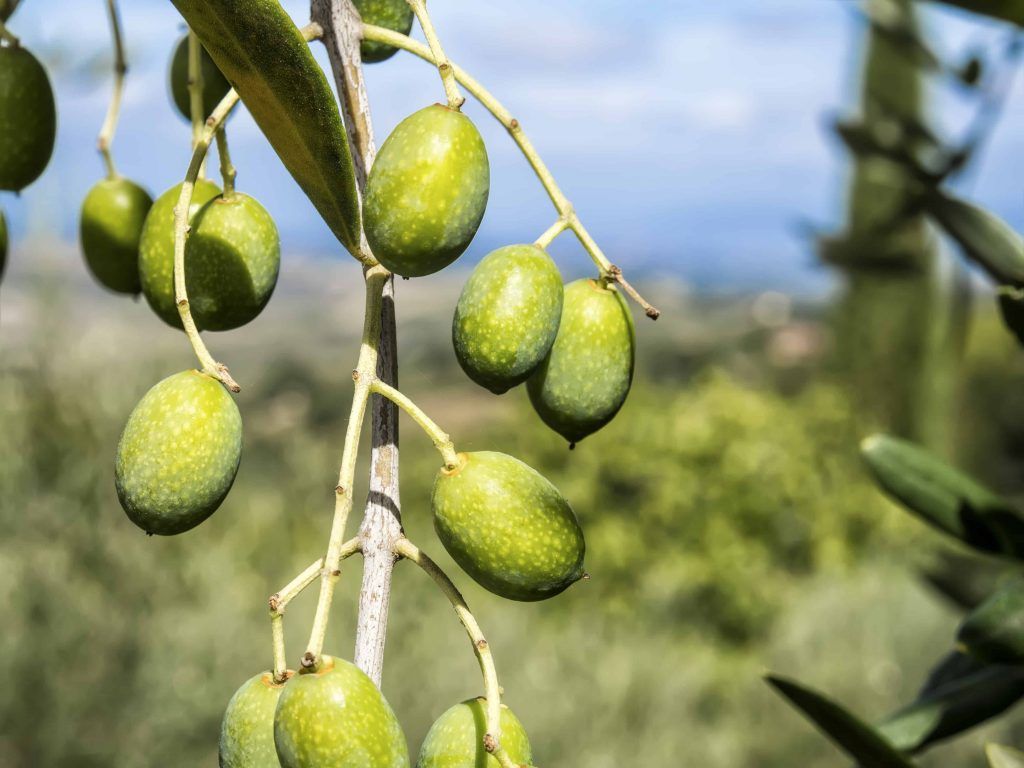
It is also known by the name of Olivo Lucentino or Casta de Cabra. It is obtained in Andalusia, mainly in Córdova and Málaga.
It is tolerant to cold and limestone soils. It has a medium maturation process and offers a high-quality oil that is widely used in homes.
It is a variety resistant to detachment and experts advise its cultivation precisely on land with a high content of limestone, in order to obtain a good harvest.
Suckling pig from Seville
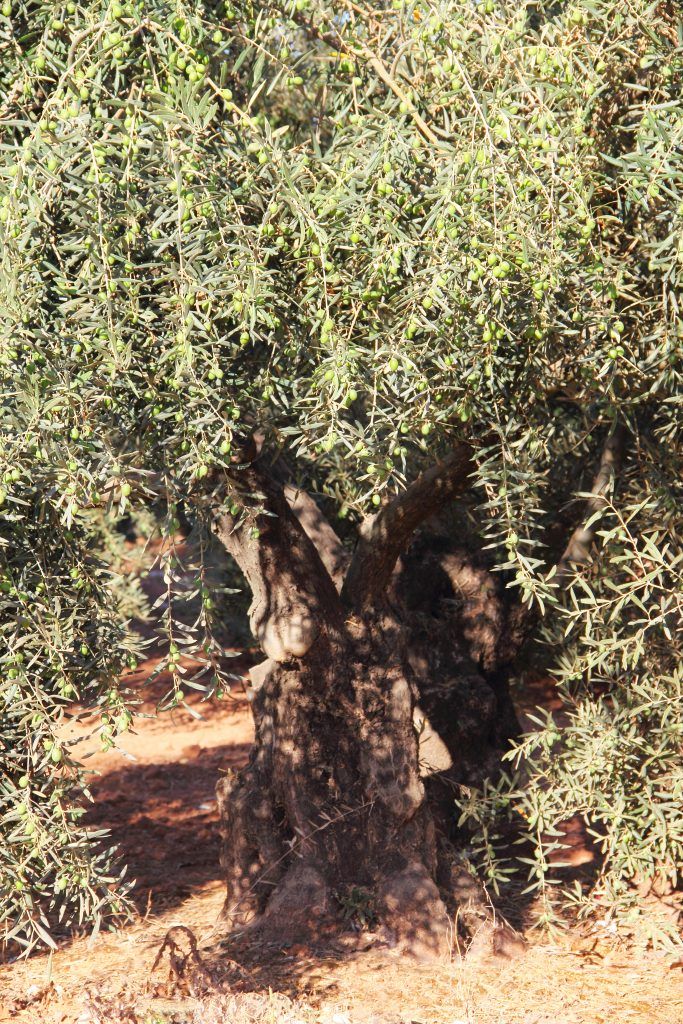
It is considered a variety in the process of regression, because its fruit is very small and has a medium oil content, even though it is considered a rustic variety, highly resistant to repilo.
Arbequina
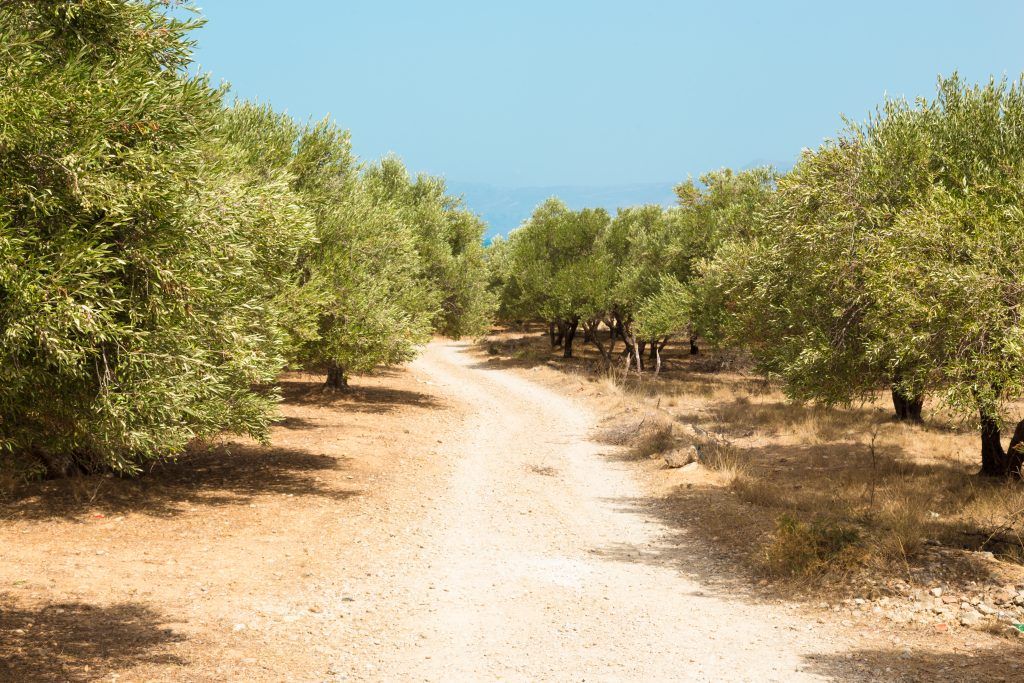
Despite its small fruit, it is a variety that has managed to increase its plantation area in Andalusia in recent years, because the quality of its oil is unsurpassed, since it has great organoleptic properties.
The downside is the difficulty in detaching its fruits, which is why it is difficult to do it mechanically.
Empeltre
It is also a popular variety, due to the quality of its oil and its high fat content, as well as its low resistance to detachment, although there are irregularities in the fruit setting process.
Morisca, Picudo, Farga, Lechín from Granada and Verdial from Huevar
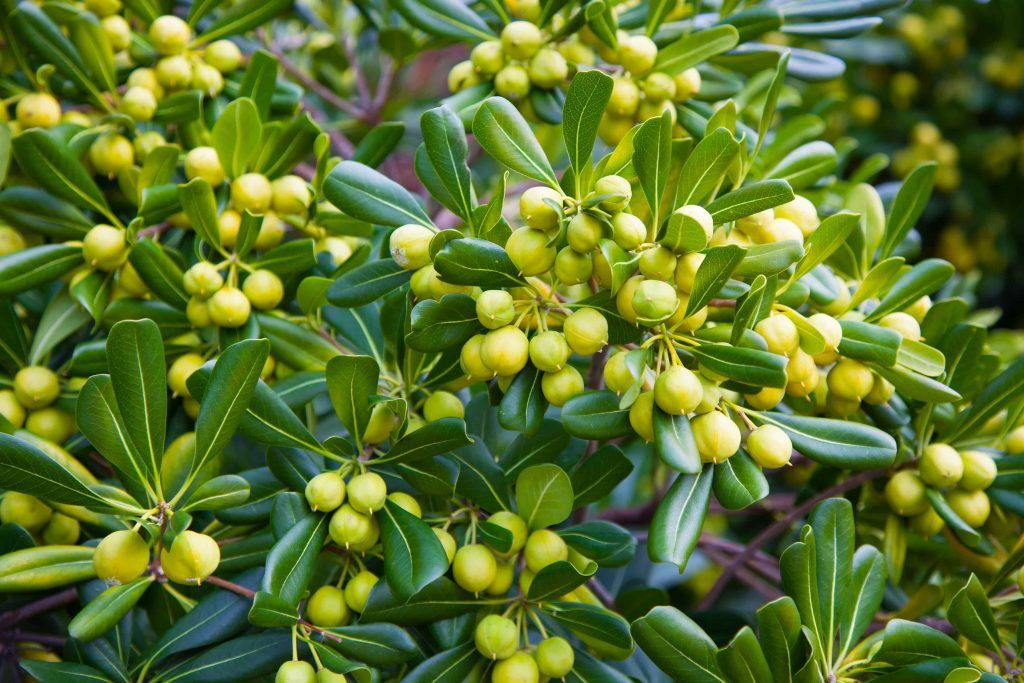
They are varieties that have a common drawback: they have a high resistance to detachment, which prevents mechanized harvesting.
They have in their favor their high fat content and the obtaining of a very good quality oil.
Throughout the Mediterranean region, highly appreciated varieties of olive trees are spread throughout 21 countries.
For example, Italy has in its catalog 644 varieties of Olive plants.
Greece is another land blessed by olive groves, where there are 52 highly productive species.
France, meanwhile, has 131 varieties; Portugal has 60; Turkey 71 different types; Israel has 28; Palestine, 6; Slovenia, 5; Croatia, 30; Libya, 9; malt,2; Morocco; 40; Syria, 42; Cyprus,18; Algeria, 55; Albania, 25; Jordan, 3; Lebanon, 4; Malta, 2; Montenegrin, 9; Tunisia, 71; Egypt, 19.
Areas in which the different varieties are distributed in the Iberian Peninsula
The largest concentration of olive trees is distributed in the glorious land of Andalusia, in a kind of diagonal that joins the southeast of Jaén with the southwest of Seville.
Thus, the so-called Designations of Origin are presented in regions such as: Montes de Granda, Antequera, Priego de Córdova, Bajo Aragón Oil, Sierra de Segura, Montes de Toledo, Baix Ebre-Montsiá Oil, among others.
There are also around 10 large areas of olive groves in Spain. Let’s see what they are:
- Zone 1: It covers from the province of Jaén, north of Granda to the east of the province of Córdova. The Picual variety is grown there.
- Zone 2: Occupies from the province of Córdova, Antequera, as well as Loja and Estepa. The predominant variety is the Hojiblanca, but there are also the Picual, Chirrío, Carrasqueña de Córdova and others.
- Zone 3: It covers from Huelva, Cádiz and Seville. The varieties that grow the most in this region are Hojiblanca, Verdial de Huevar and Manzanilla Serrana.
- Zone 4: It extends through the province of Almería, part of Granada and Málaga.
- The cultivation of varieties such as Verdial from Vélez-Málaga, Lechín from Granada and Aloreña is very common in this region.
- Zone 5: Includes the region of Extremadura, as well as Ávila, Salamanca and Zamora. Varieties such as Corresgueña de Badajoz, Manzanilla Cacereña and Verdial de Badajoz are grown, as well as Cornicabra.
- Zone 6: It is dominated by the region of Castilla La Mancha and Madrid. The Cornicabra cultivar prevails there.
- Zone 7: Corresponds to the Levante region. Here the olive grove of the Blanqueta variety predominates.
- Zone 8: Corresponds to Aragón, La Rioja, Navarra and Álava, in the so-called Ebro Valley. There is an olive grove that dominates this strip: Empeltre.
- Zone 9: It belongs to the Toroso-Castellón area, where it is very common to grow Morrut, Servillenca, Empeltre, among others.
- Zone 10: Covers the entire region of Catalonia, with the exception of the so-called Bajo Ebro-Montsia and the Balearic Islands. The Arbequina variety dominates.
Characteristics of olive trees and olives

The olive is the incredible fruit, required for the manufacture of olive oil, as well as other benefits that this natural wonder provides to human beings.
It is a small fruit, with an ellipsoidal or geometric shape, symmetrical, of different shades that go from green to red and when ripe it can turn black.
In Spain, like much of Europe, olive oil is very important in Mediterranean cuisine and its fame has spread to the rest of the world, due to its great culinary properties, essential in the preparation of salads and in the production of numerous products from the world table.
Along with Spain, Italy is one of the largest producers of olive oil in the European Union, this being an industry that grows exponentially over time.
The olive tree has been considered an anticancer tree, because the phenols, natural components of the leaves, act directly on the cells of the body affected by this disease.
Its two star components, hydroxytyrosol and tyrosol, are present in the leaves.
It serves as an antioxidant, antimicrobial, antibiotic and immunostimulant, something that contributes to the health of the arteries because it prevents thrombosis and atherosclerosis.
The leaves prepared in infusion are used as vasodilators to treat hypertension, because they reduce blood pressure and relieve inflammation of the veins.
The bark of the tree has antiseptic and healing properties, which is why it is used in infusions to treat wounds and scars.
Olive oil also serves to reduce bad cholesterol and increase good cholesterol, and helps solve digestion problems.


